
Tennessee cattle producers are facing rising feed costs as traditional distillers’ grains become scarce.
In Moore County, where 89% of farms are livestock operations, producers are encountering significant feed challenges, worsened by drought conditions across the Southeast that have intensified supply shortages.
Partnership History

Jack Daniel’s provided free stillage to Moore County farmers for 45 years, supporting many family farms.
In 2022, livestock sales in the county totaled $12.275 million, but the average net cash farm income was only $2,452, a 77% drop since 2017, leaving little room to absorb rising feed costs.
Corporate Transition
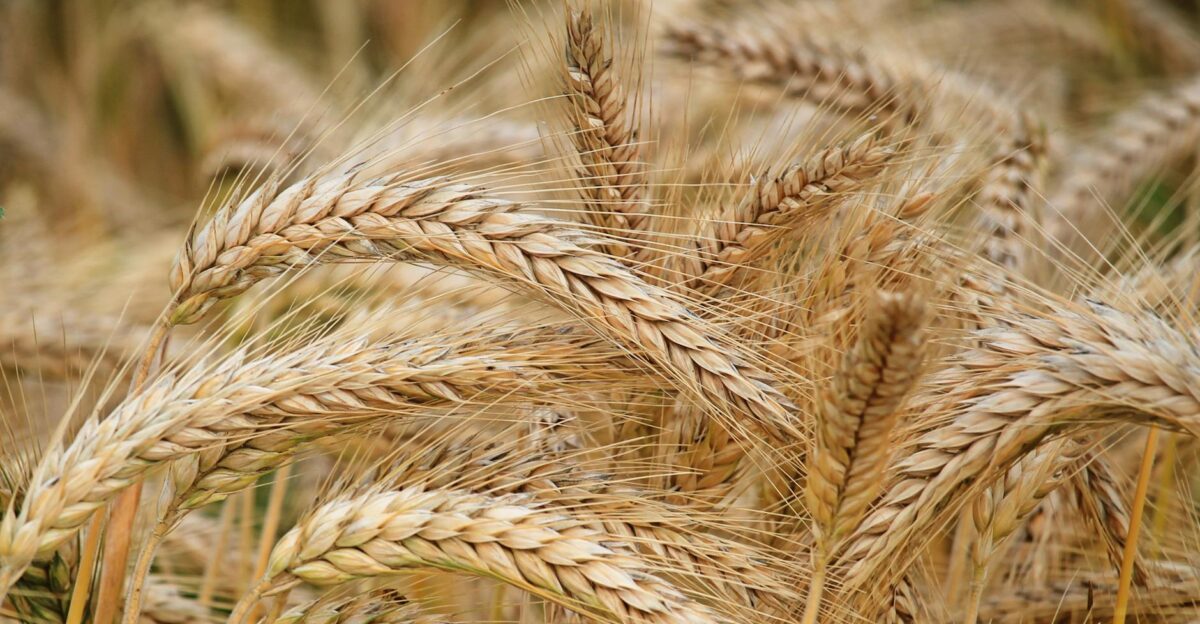
In March 2022, Brown-Forman announced the end of its Cow Feeder Program to support sustainability goals, including a 50% reduction in greenhouse gas emissions by 2030.
The company aims to redirect agricultural byproducts to renewable energy and enhance water conservation, waste reduction, and minimize its carbon footprint across distillery operations.
Industry Context
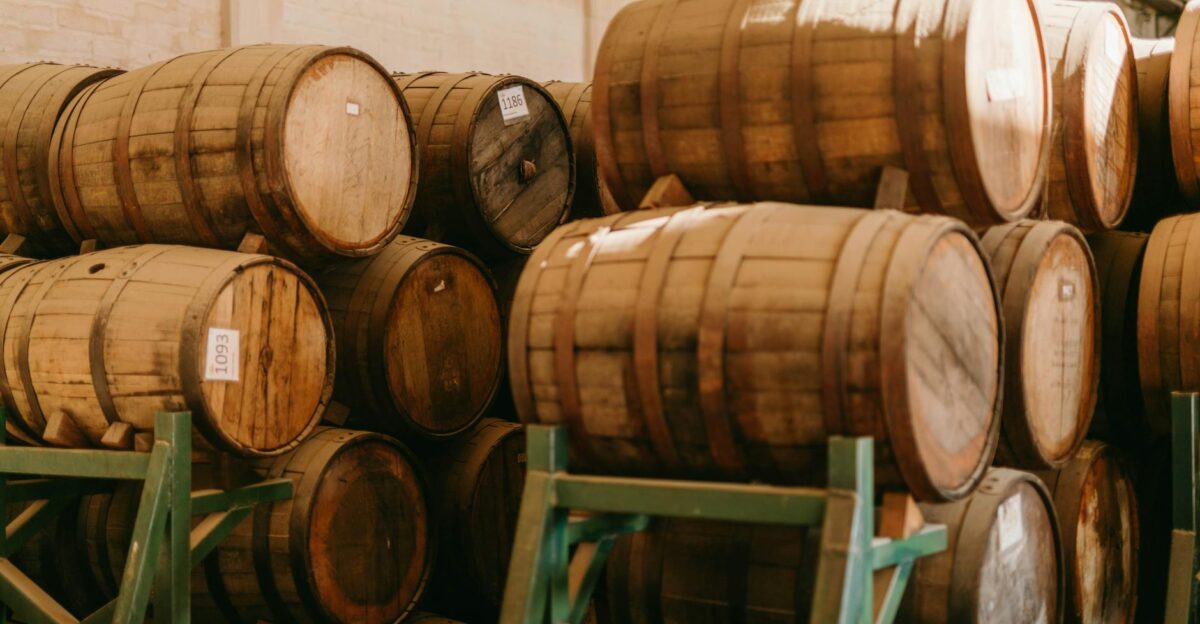
Distillers’ grains are a key protein supplement for cattle operations, helping beef producers reduce feed costs.
However, the growing renewable energy sector is competing for agricultural waste streams previously available to livestock, creating new market dynamics that could impact traditional farming partnerships.
Program Termination
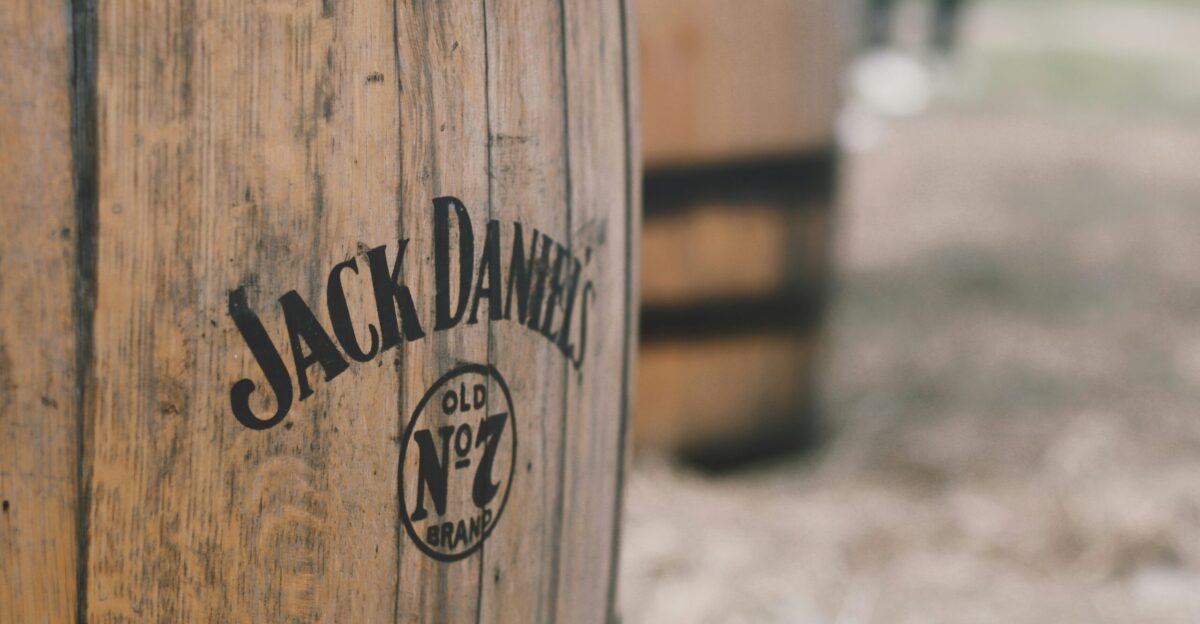
Jack Daniel’s will end its Cow Feeder Program on March 31, 2026, which currently supplies local farmers with 350,000 to 500,000 gallons of stillage daily.
Instead, the distillery will redirect about 183 million gallons annually to a Three Rivers Energy anaerobic digester, converting this byproduct into renewable natural gas and fertilizer valued at approximately $10 million.
Construction Timeline

Construction of a $29.3 million anaerobic digester began in January 2023, with engineering by Hitachi Zosen Inova.
Funded by TC Energy to boost renewable natural gas production, the project employs BIOFerm’s technology to convert spent distillers’ grains into energy and agricultural fertilizer for regional distribution.
Impact On Farmers
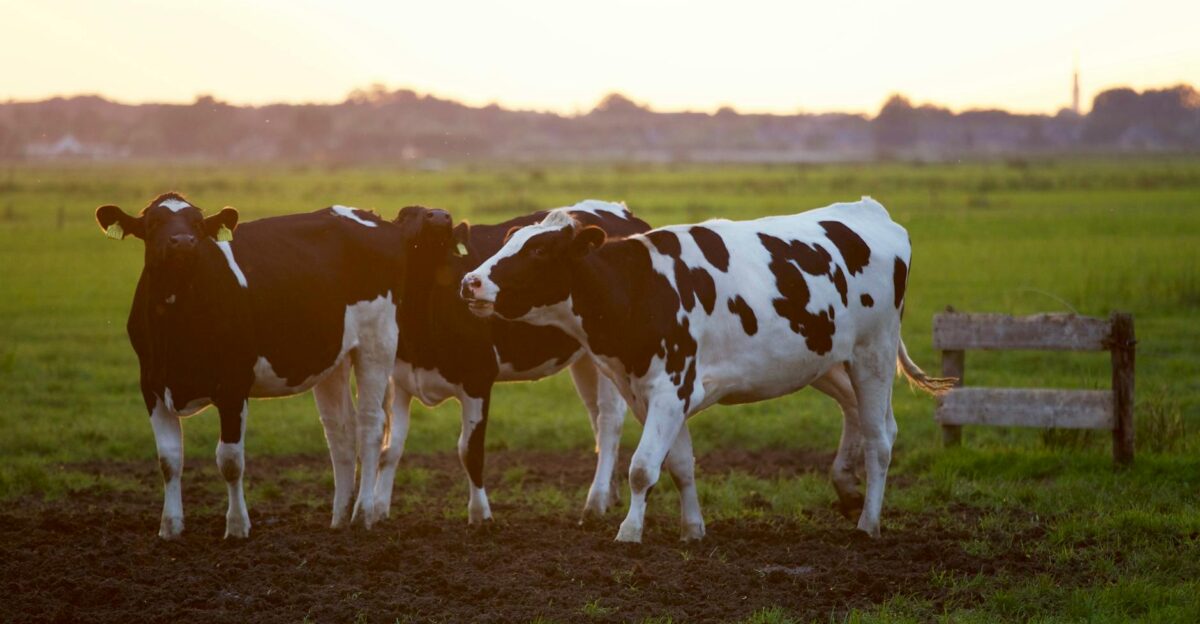
“I tell you it will absolutely destroy our little town,” said Terry Holt, who hauled slop daily for 45 years.
Farmers are worried about the termination of programs affecting 106 haulers, predicting it could lead to farm sales and the development of residential subdivisions, replacing long-standing cattle operations that have supported families for generations.
Energy Production

The facility produces renewable natural gas for over 10,000 Tennessee homes annually and creates natural fertilizer for local farms.
Its anaerobic digestion process results in 50% lower carbon intensity than traditional natural gas, supporting Brown-Forman’s goal of achieving net-zero emissions by 2045.
Feed Economics
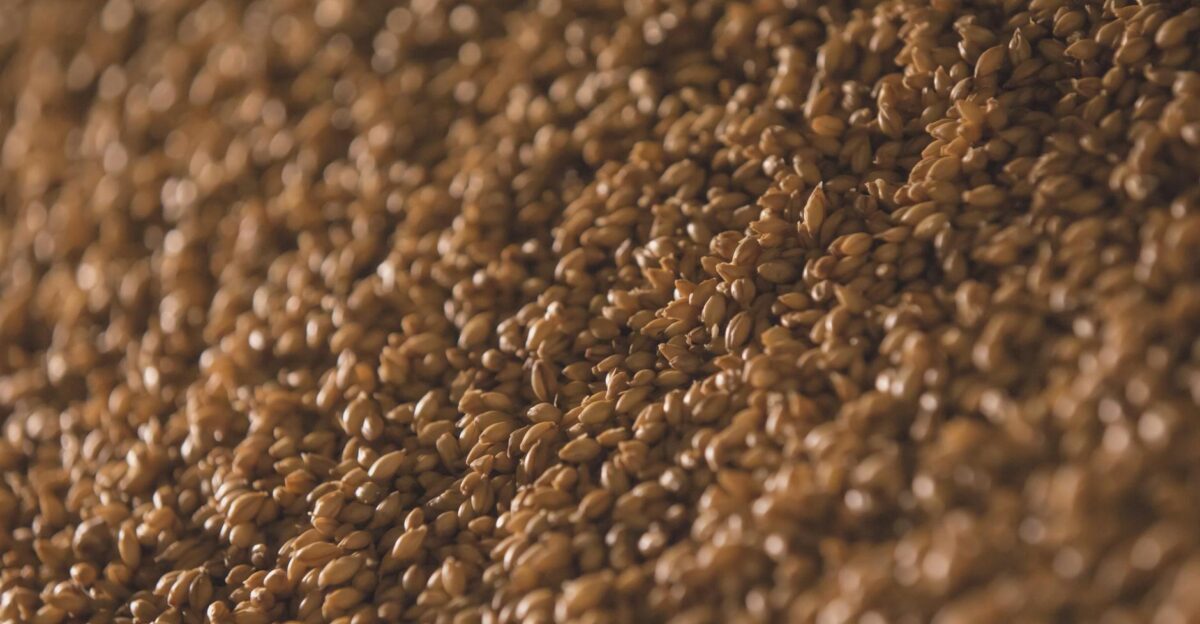
Distillers’ grains prices have fluctuated significantly in recent years due to market volatility, making it more challenging for livestock operations to find affordable protein supplements.
Jack Daniel’s recent production shift has also cost regional cattle producers millions of dollars in annual feed value, exacerbating the challenges they face from drought conditions and tight profit margins.
Contractual Obligations
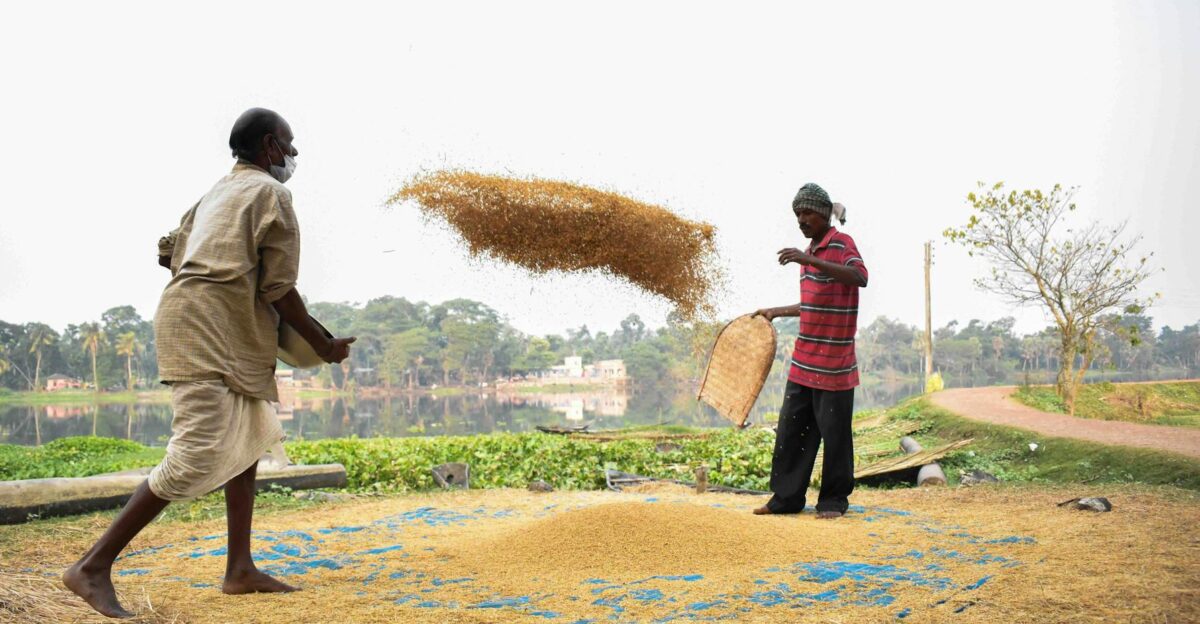
Jack Daniel’s is required to provide its full stillage volume to meet contractual obligations with 3 Rivers Energy, limiting flexibility for partial farmer supplies.
The digester facility needs consistent daily volumes of 350,000 to 500,000 gallons, making it economically unfeasible to split supplies between energy production and livestock feeding.
Farmer Resistance
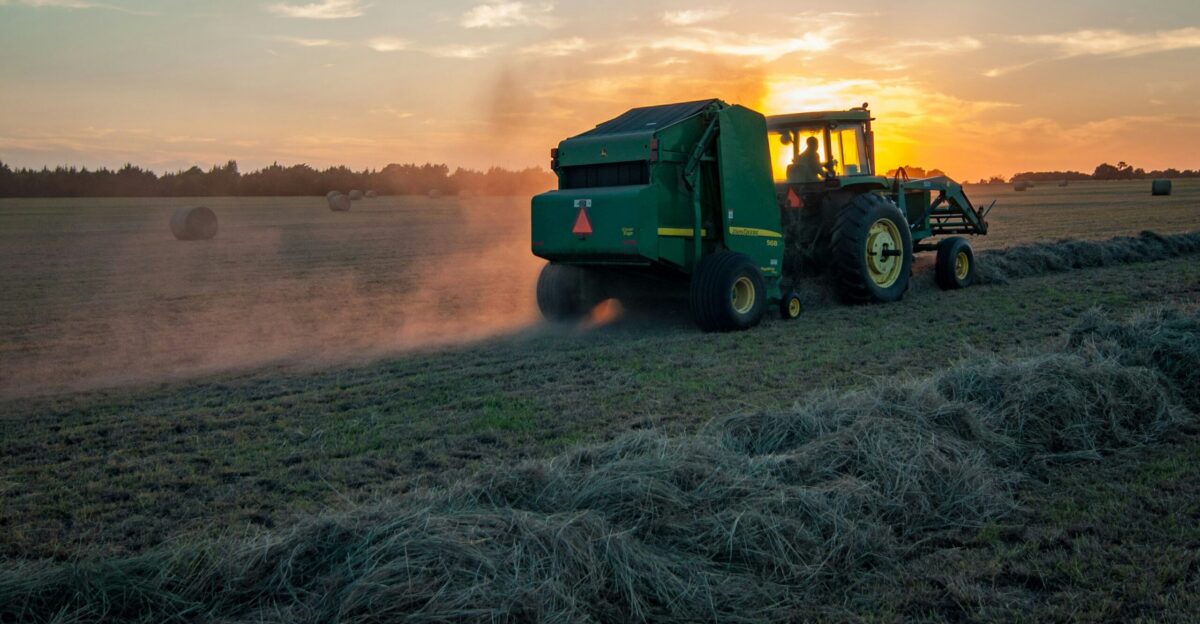
“Corporate America is about greed,” said one Moore County farmer. “It’s not about who’s working where, what those local people do in the community. It’s about dollars and shareholders.”
University of Tennessee Extension meetings evolved into crisis sessions as producers confronted mathematical realities they could not resolve with existing resources.
Market Dynamics
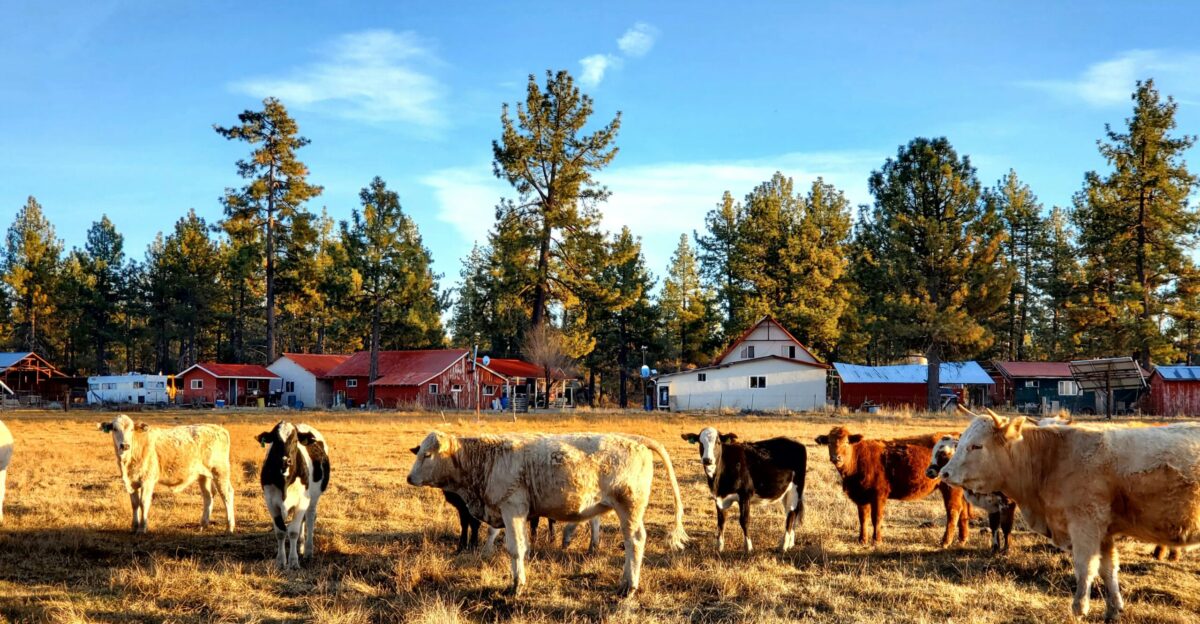
Tennessee cattle markets remain active but volatile as producers balance rising feed costs against strong demand for feeder animals.
Livestock auctions across the region report consistent participation, although farmers are increasingly calculating whether their operations remain profitable without traditional low-cost feed sources, such as distillery byproducts.
Alternative Strategies
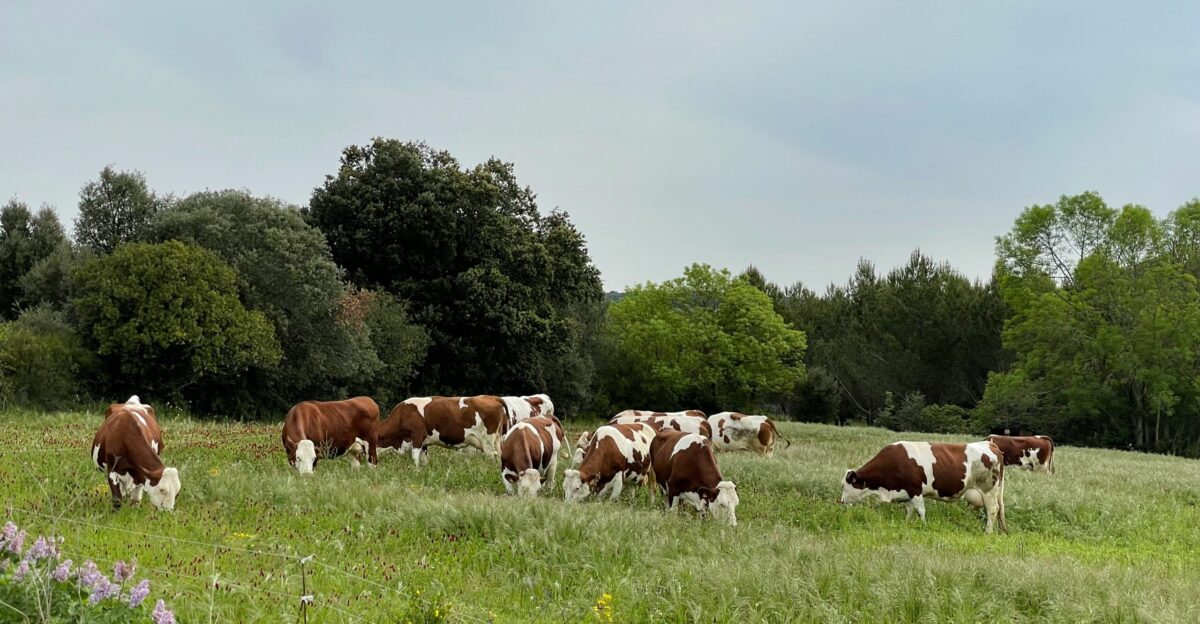
Some farmers switch to rotational grazing systems, reducing their dependency on feed, although infrastructure investments in fencing and water systems require significant capital.
The University of Tennessee Extension promotes forage management programs, but agricultural specialists acknowledge that no combination of alternatives can replicate the economic advantages of free stillage.
Expert Assessment
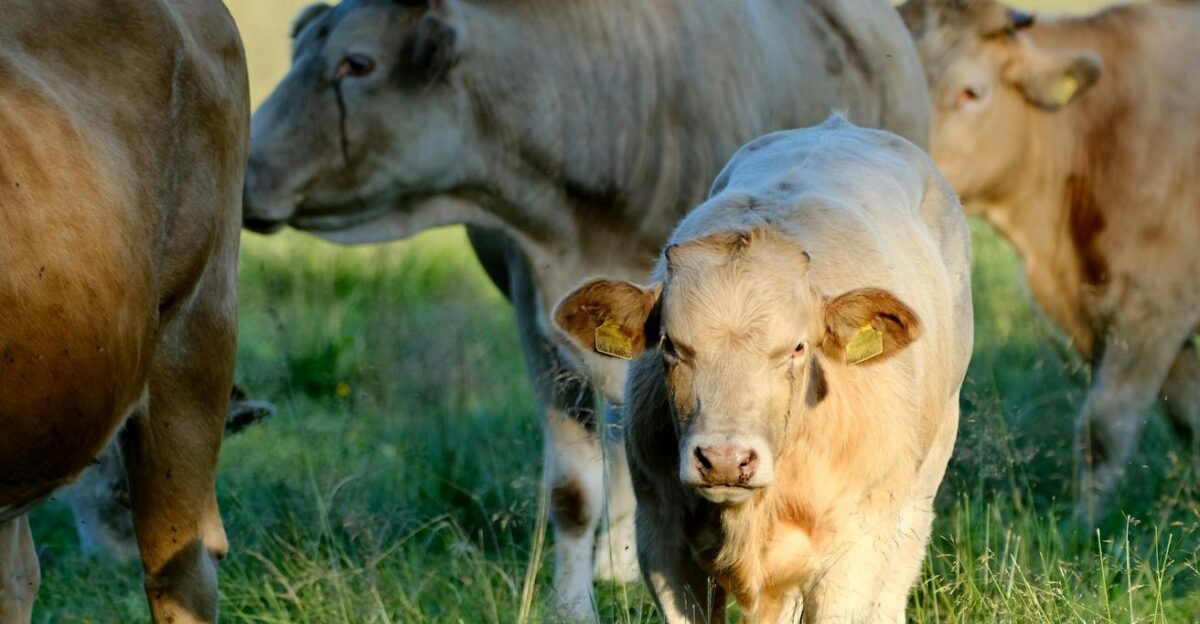
“Spreadsheets don’t feed cows,” emphasized University of Tennessee specialists, acknowledging no financial model can replace free feed sources.
Agricultural economists project herd reductions and farm consolidations, as family operations lacking scale cannot absorb commercial feed costs that approach double the previous expenses.
Timeline Pressure

Farmers will face stepped volume reductions beginning October 1, 2025, with second cuts on January 1, 2026, before the program is completely terminated.
Moore County producers must decide within months whether to absorb higher feed costs, sell their livestock, or abandon farming entirely as the 45-year partnership comes to an end.
Regional Expansion

3 Rivers Energy builds similar renewable natural gas facilities at other distilleries, creating a replicable model for converting agricultural waste to energy.
The company’s expansion potentially affects traditional farmer partnerships across bourbon-producing regions as sustainability mandates reshape century-old industry relationships.
Fertilizer Benefits

Natural fertilizer from the anaerobic digester is made available to small family farms across Coffee and Franklin counties at discounted rates.
The program creates regional economic benefits for crop farmers through reduced fertilizer costs, though livestock producers lose the $10 million annual feed value that supported cattle operations.
Environmental Claims

The renewable natural gas facility converts 183 million gallons of distillery waste annually while avoiding thousands of metric tons of CO2 equivalent emissions.
BIOFerm’s anaerobic digestion technology completes agricultural nutrient cycles, supporting corporate sustainability goals while eliminating the need for traditional symbiotic relationships with local farming communities.
Industry Precedent

The Jack Daniel’s transition establishes a template as distilleries nationwide embrace renewable energy partnerships over traditional agricultural relationships.
Corporate sustainability mandates are increasingly prioritizing measurable environmental metrics over local economic partnerships, fundamentally reshaping rural communities that depend on industrial symbiosis.
Economic Reality

Moore County farmers face an impossible equation: replace $10 million in free feed value with commercial alternatives while operating on an average annual income of $2,452.
The transition signals broader tensions between corporate environmental goals and rural economic survival, forcing agricultural communities to choose between adaptation and abandonment.